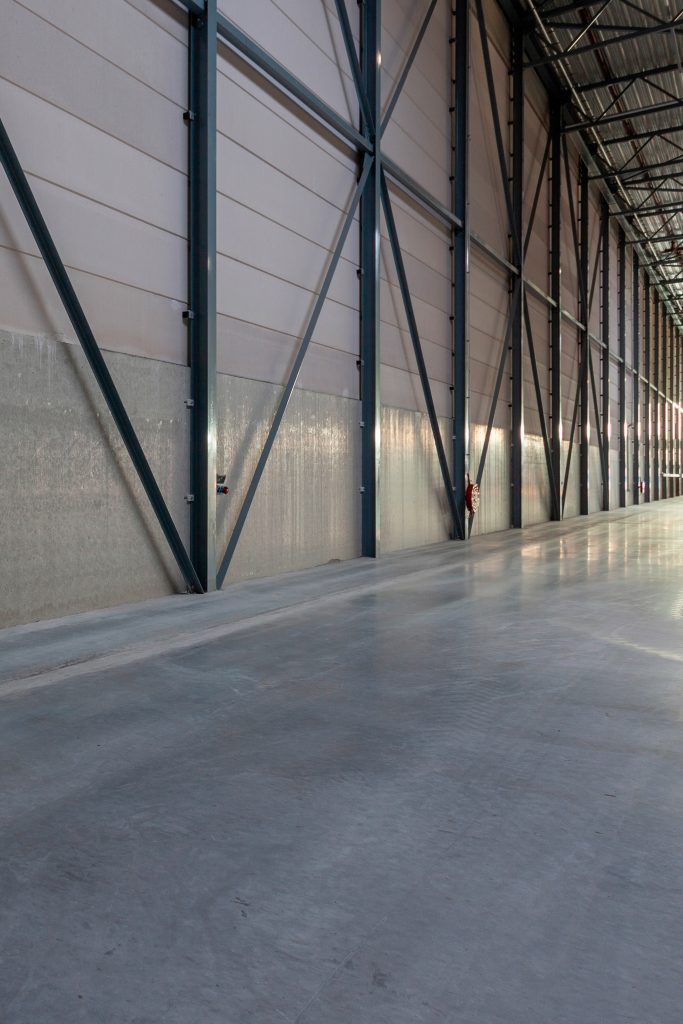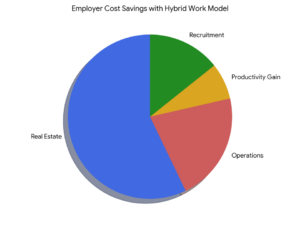You pay for warehouse space by the square foot and use it by the cubic foot.
Spalding Sports is the largest producer of basketballs in the world. They sought our help when they ran out of warehouse space in their Reno west coast distribution center. At the time, Spalding had 157,000 SQFT of space and estimated that they needed about 36K more for a total of 193K SQFT. We asked a question: Why?
Spalding received all of their shipments from the Orient through this facility. Much of the product arrived in large shipments and was shipped out by the full pallet to major retailer’s distribution centers such as those for Wal-Mart or Dick’s Sporting Goods. While demand was fairly consistent and steadily growing, they had a fall inventory peak before the holiday season that would render chaos if spent in the existing facility for another year.
We went to Reno to examine the facility. Spalding had been in that location for about 18 years and had expanded several times into adjoining spaces. A survey of the space determined that they had 12,500 pallet positions in this 18′ clear building. Expanding another 36K SQFT, along with some strategic re-racking, would yield another 6,000 positions for approximately 18,500 total.
Remember: You pay for warehouse space by the square foot and use it by the cubic foot. Further, some spaces are inherently more efficient than others, and the only true measure of that efficiency is your ability to utilize the space productively. In other words, what a distribution user really cares about is COST PER PALLET POSITION (C/P). Non-palletized distributors can use Cost/Linear Foot of Storage or similar.

The point is this: There is a metric that tells the story behind facility efficiency, and it is not Cost/Square Foot. Any other measure may be interesting, and may have a vague correlation to C/P, although it is the C/P or a similar measure that you should be using to evaluate facilities. If you have a consultant telling you otherwise, you need a new consultant.
In the Reno market, 30′ clear space was renting for 16% more than the existing 18′ clear space. So for a 16% premium, you could gain 67% (30/18 – 1) more volume. In addition these new larger facilities had extra deep bays, eliminating large wasteful staging areas that ran the horizontal length of the narrow-depth existing building. Spalding determined that they could fit 18,500 pallet positions into 120,000 SQFT.
So instead of needing to increase from 157,000 SQFT to 193,000 SQFT, they could expand by reducing the footprint to 120,000 SQFT. Even though the Cost/SQFT was higher, the overall rent was 37% less! Stop using Cost/SQFT to evaluate your distribution space, and realize that less can be more.







